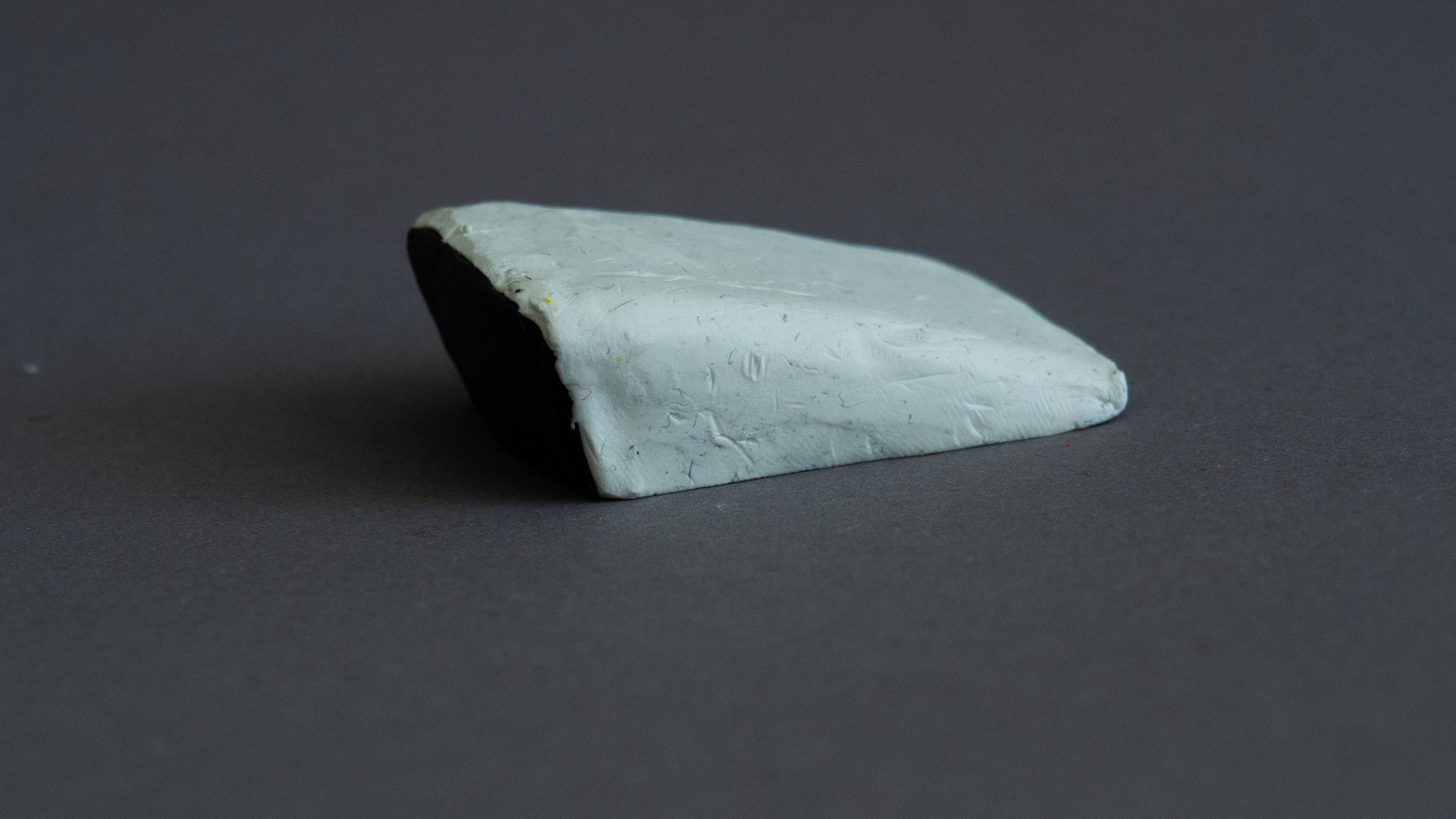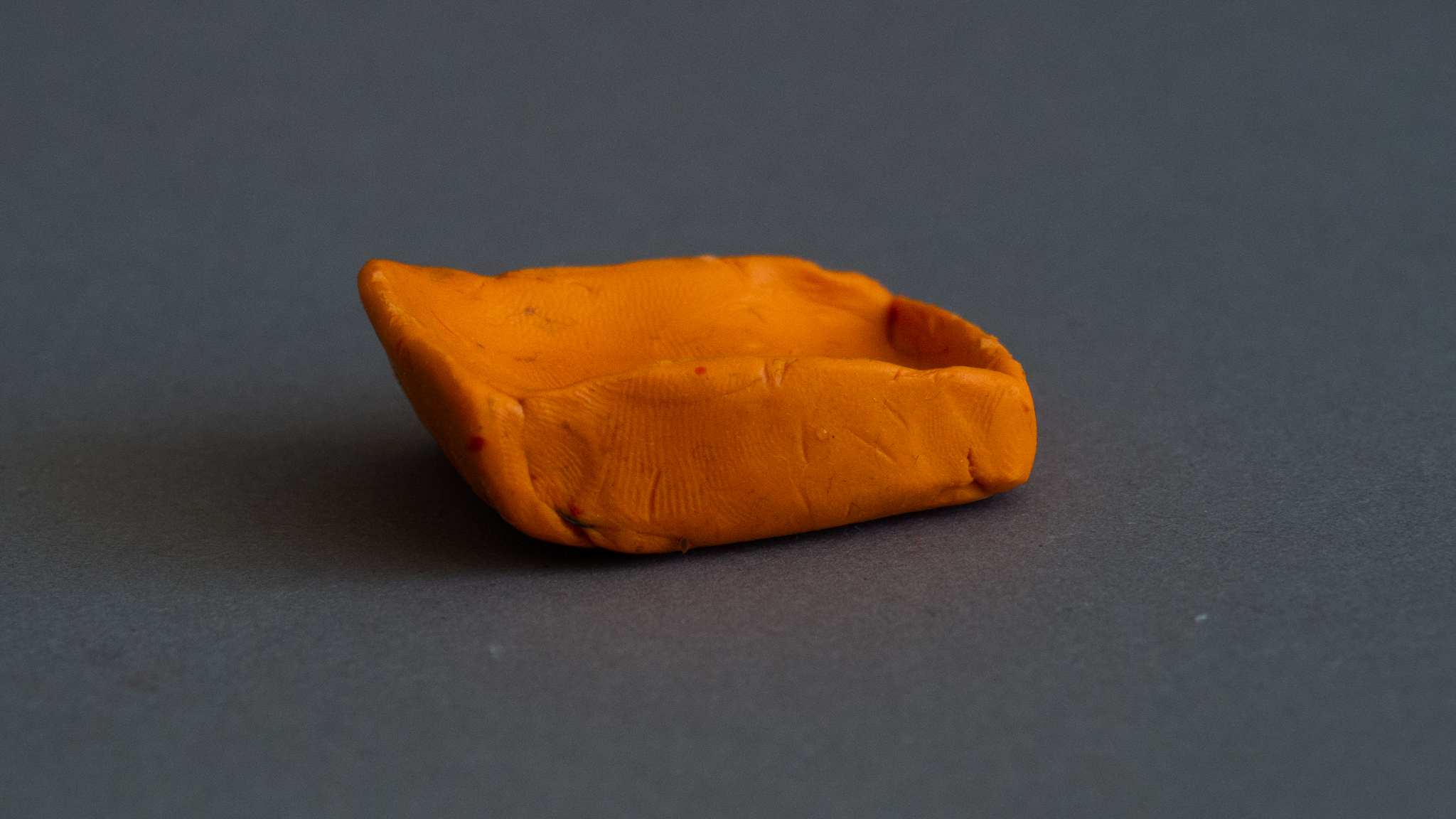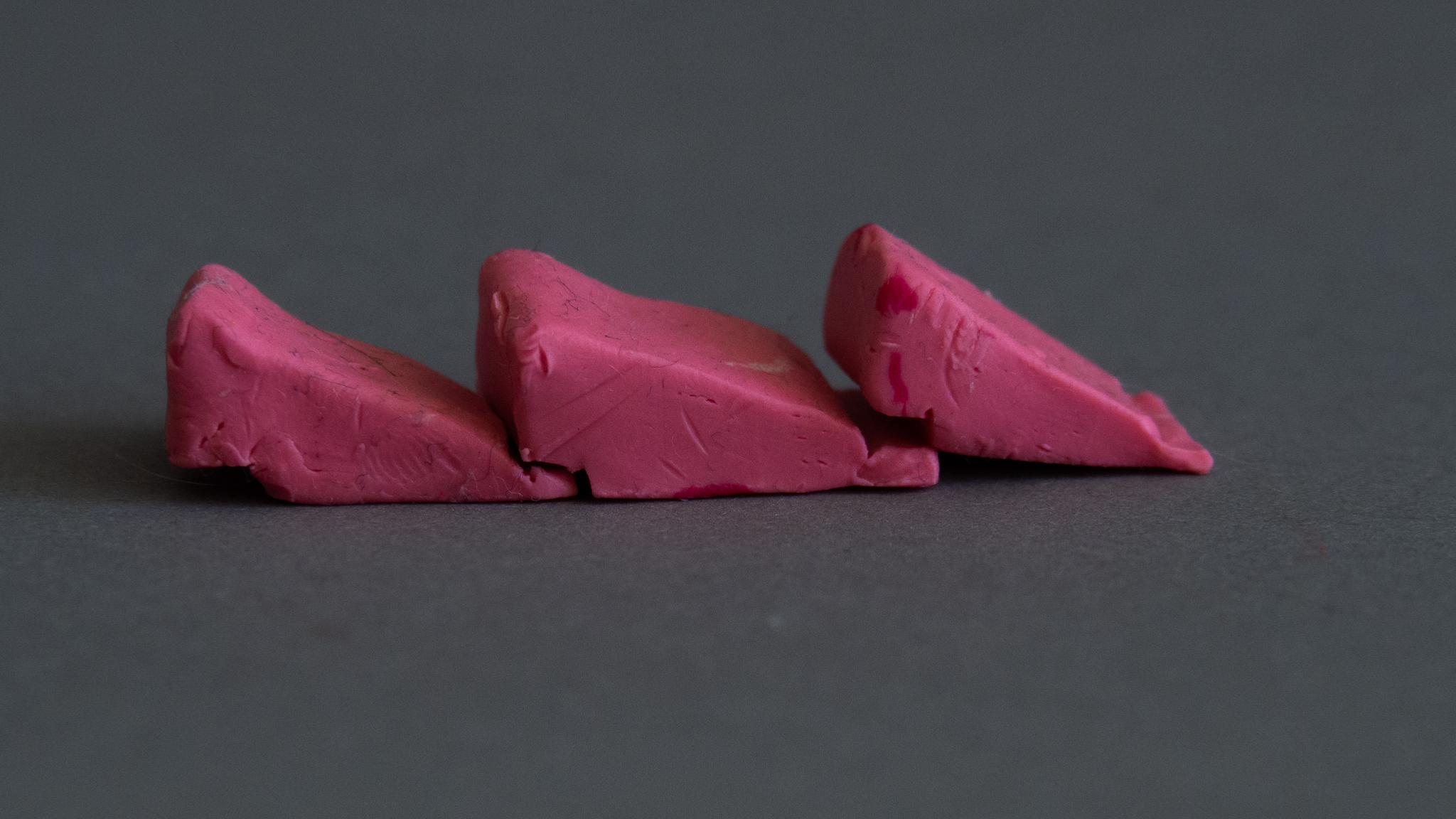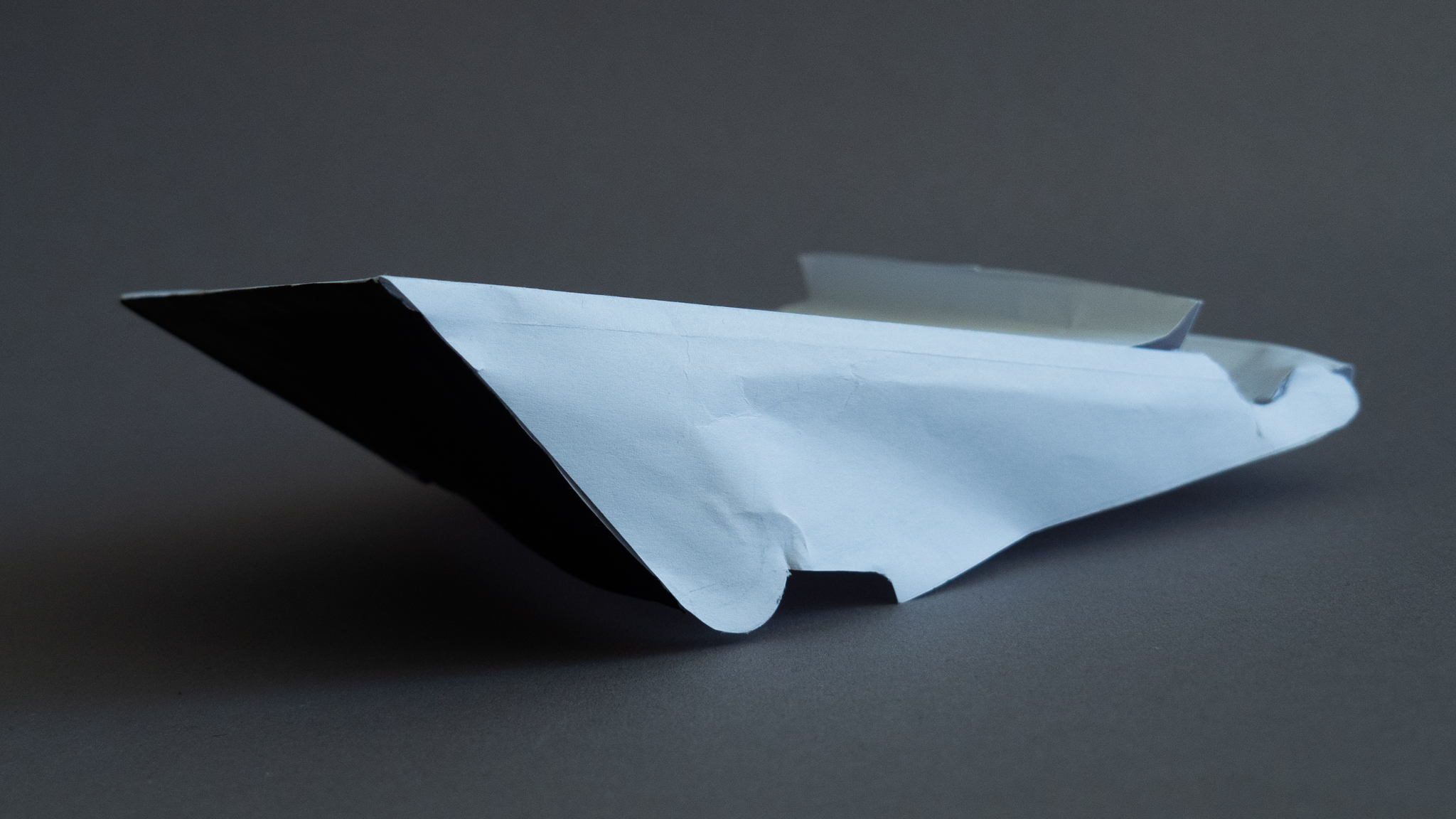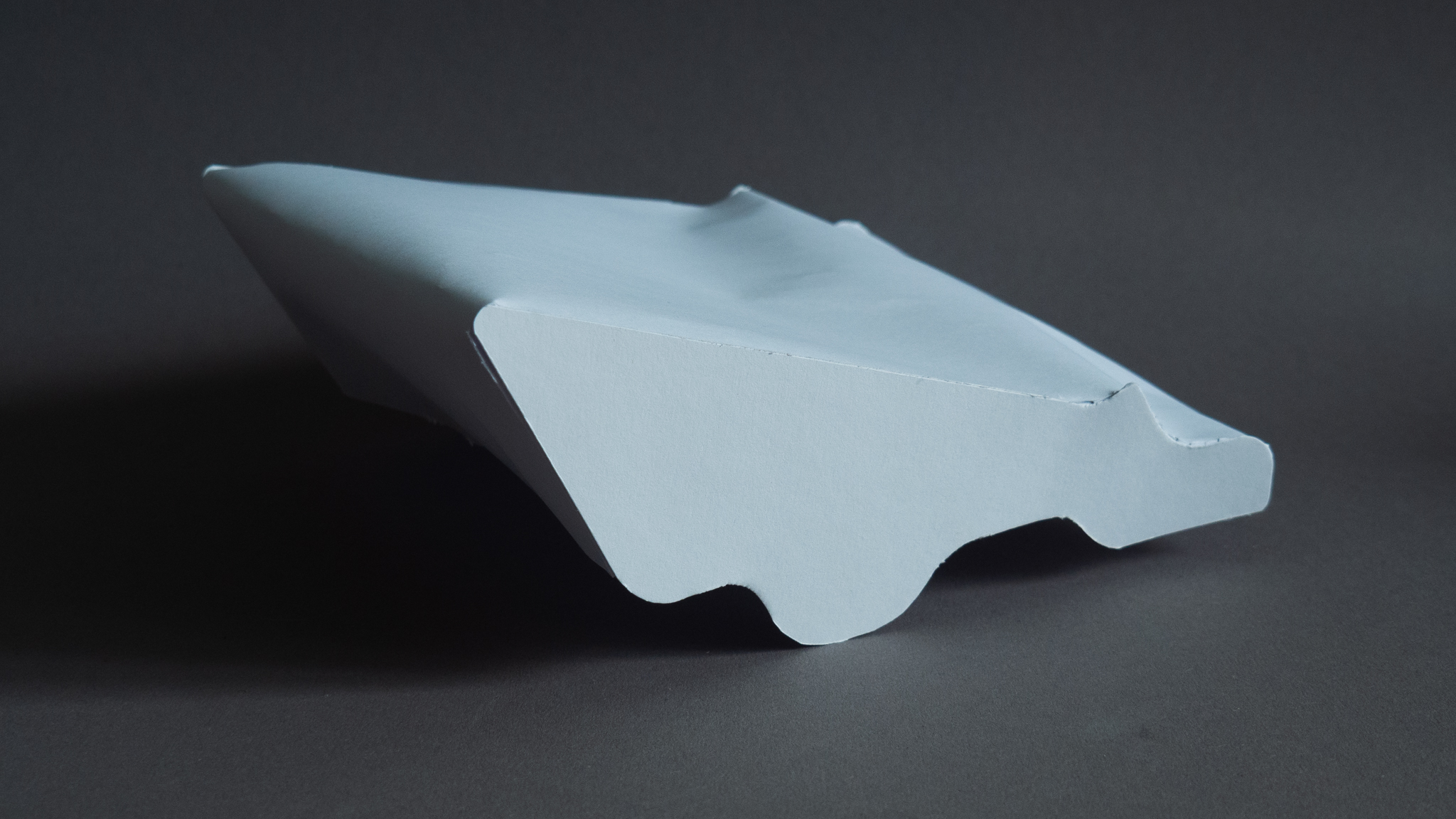BRICK 47°
Large cities are warmer in summer than the surrounding (urban-heat-island). brick 47° is a flat-roof ceramictile that cools in summer because it’s illuminated by the white side and warms in winter because of the black side. The sun angle of incidence differs by 47° between summer and winter.
FACT:
• Large cities such as Berlin are considered as Urban Heat Islands (UHI) because the temperature there is about 6°C higher than in the surrounding area.
• Even relatively small temperature differences have a significant impact on the number of heat deaths (Germany: 2005 – Ø17.75°C = 1,600 heat deaths; 2018: Ø 19.82°C 20,200 heat deaths). Scientists expect air conditioning to double by 2030 if temperatures continue to rise, which is assumed.
• Air conditioners do massive damage to the environment through energy consumption and leaking fluorocarbons (greenhouse effect 23,000 times higher than Co2) and contribute directly to climate change.
• An alternative could, for example, be urban planning and building technology measures. Building density, building height, but also colors and materials of urban surfaces contribute significantly to the overheating of cities.
• Many surfaces, such as roofs and streets, are dark, heat up when exposed to sunlight, and release this heat into their surroundings. What is beneficial in the winter months becomes a problem in the summer.
• White roof surfaces, as is common in Greece or Spain, reflect sunlight and heat up less.
ACT:
On this basis, I have designed the flat rooftile: brick 47°. I use the physical fact that the sun is higher in summer than in winter, with an angle difference of exactly 47°. The black side must be oriented towards the south, so that the summer sun hits the white reflecting side and the winter sun hits the black, warming side.
Brick 47° is made of ceramic, because this building material has a high stability, adds enough weight, offers freedom in color and shape design and has a balanced heat balance. Due to the special angle, the design is limited, because many other aspects had to be taken into account. The bricks are hollow and have a wall thickness of one centimeter. They overlap at the ends and interlock to provide protection from wind drifts.
Since I’m referring to existing roofs, brick 47°is adapted to existing drainage systems. Rain flows through an opening at the top onto the pre-existing substrate, can move freely through the four-sided openings between the bricks, and eventually run off.
A glaze is designed to protect the brick from dirt buildup and make it easier to clean. Also, the elevation on the back surface serves cleaning and prevention of plant growth. The size of 13.5 cm in height, 30 cm in length and width allows good handling. The tile weighs between 8 and 12 kilograms.
IMPACT:
If large areas of flat roofs are covered with brick 47°, heating savings can be expected in winter and cooling 2°C in summer, since roofs influence the UHI effect on 33%.
Esther Betz, 3.sem WS 2020/21
Project:
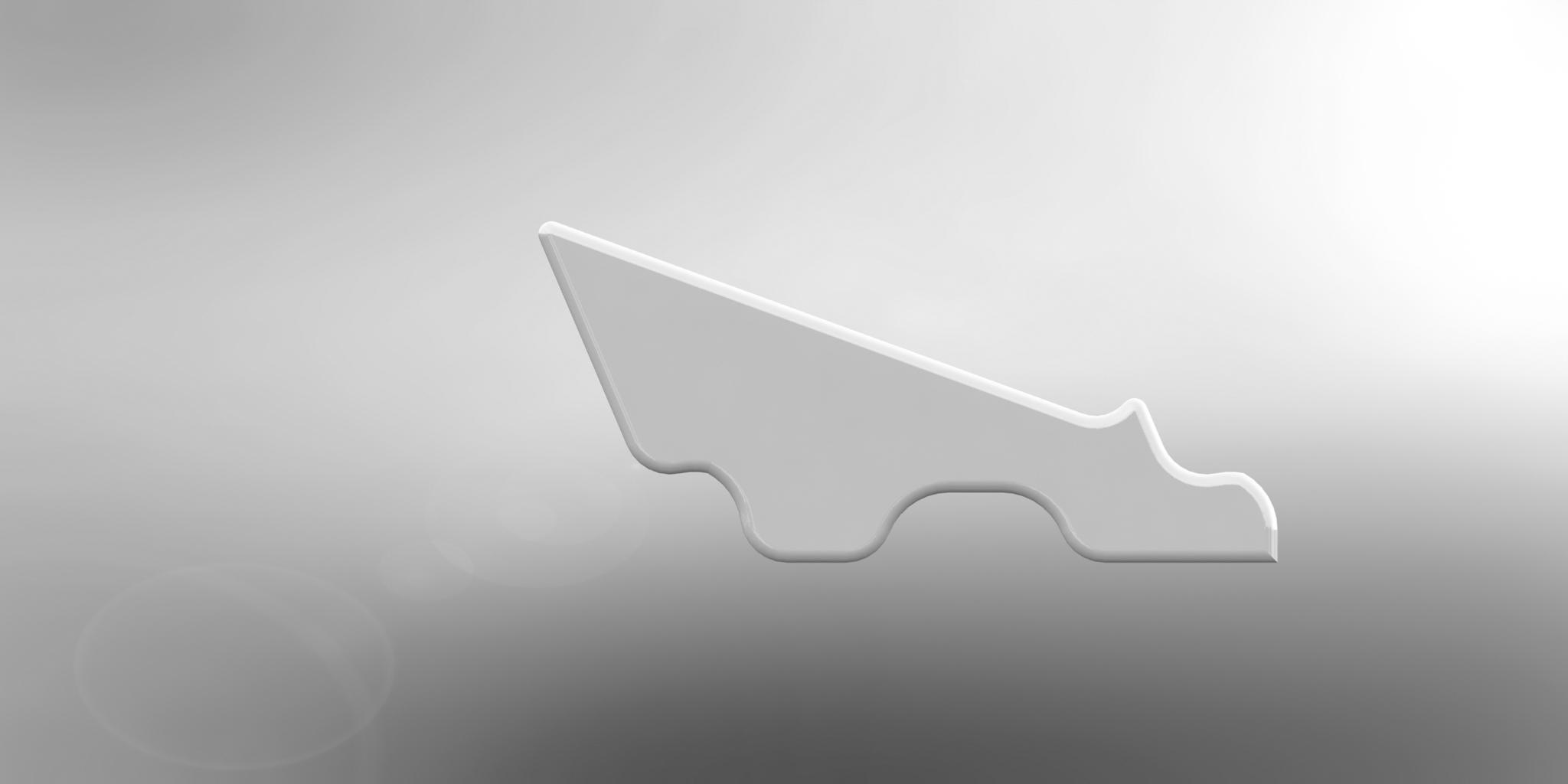


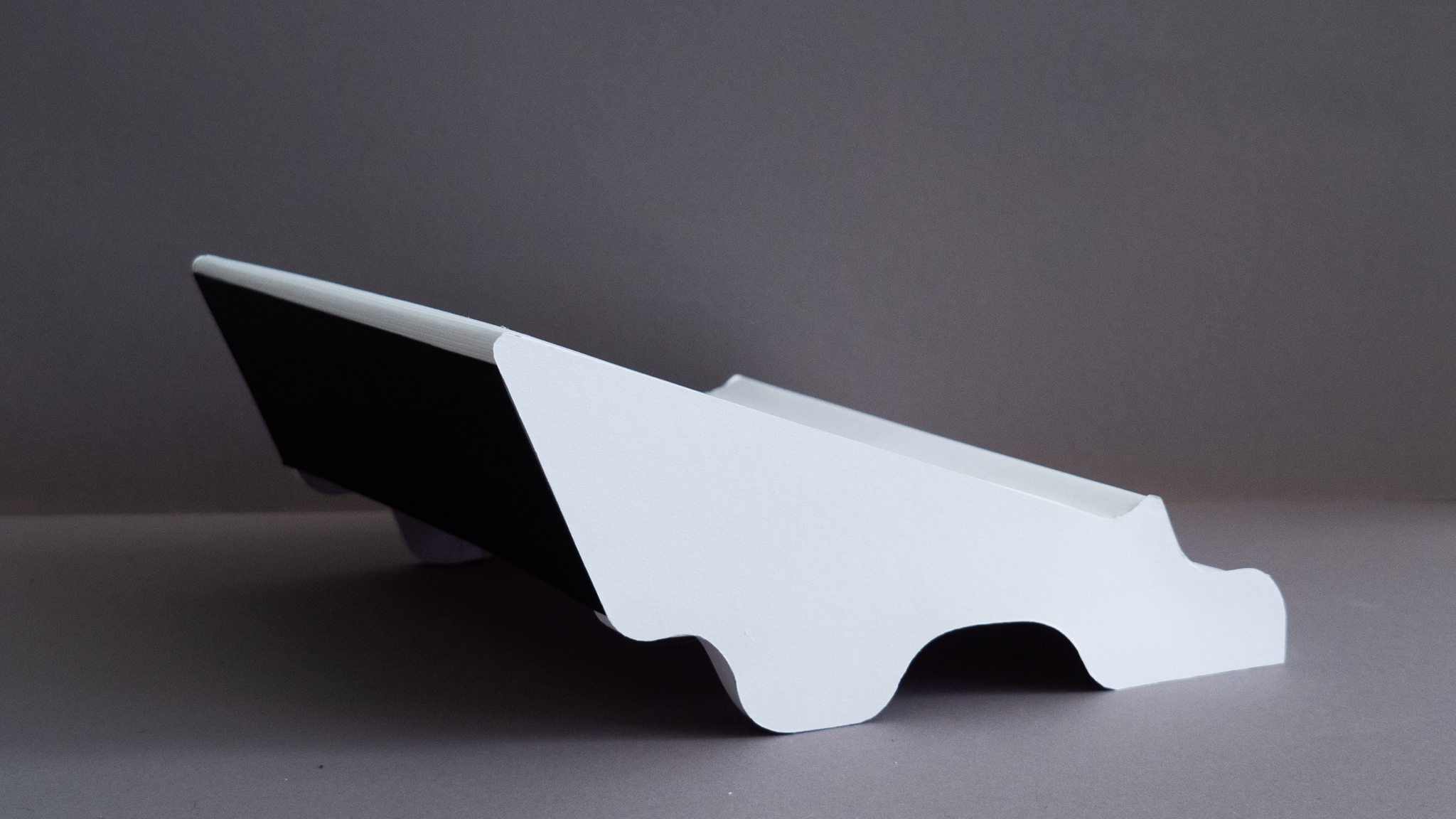

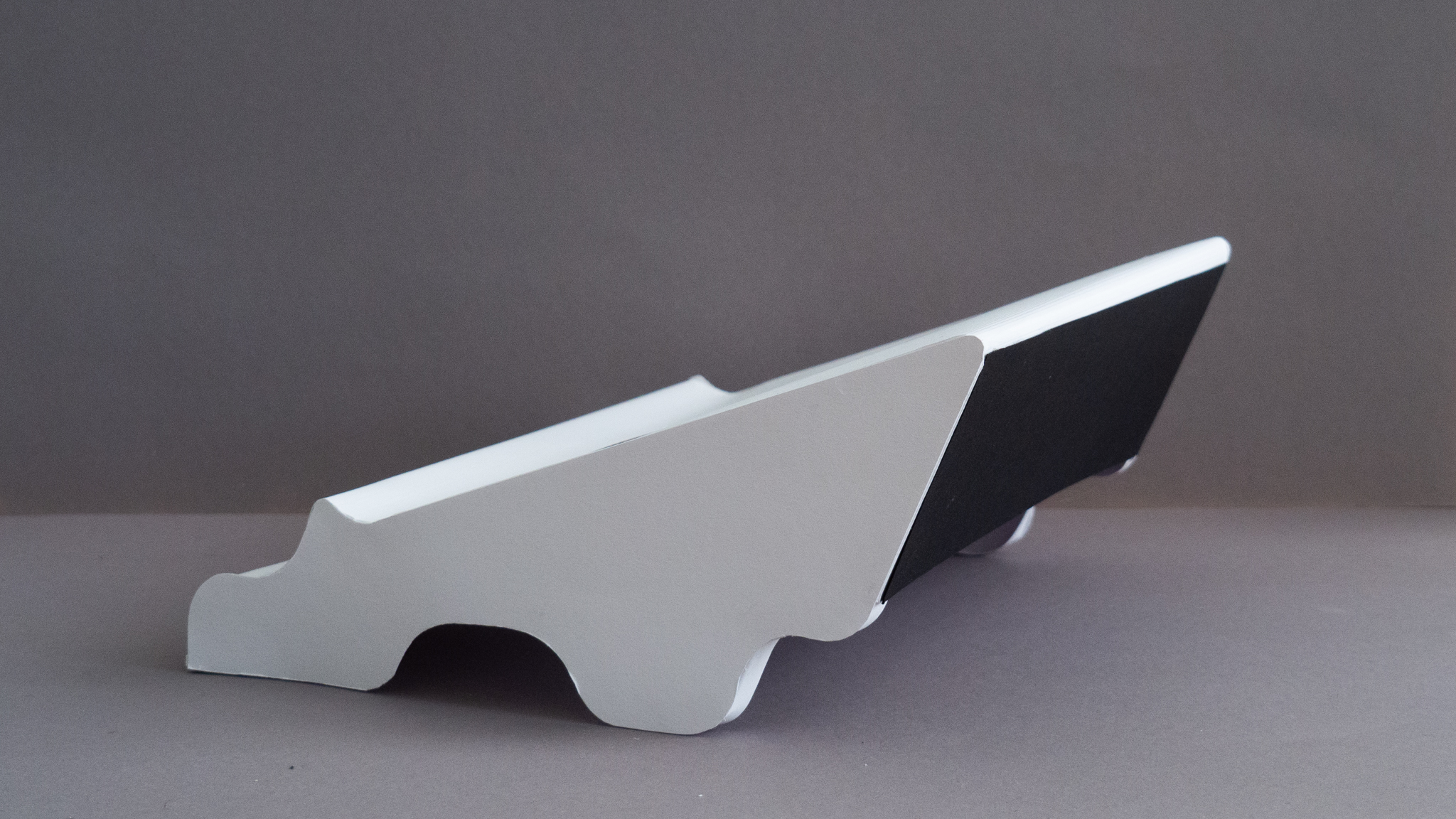
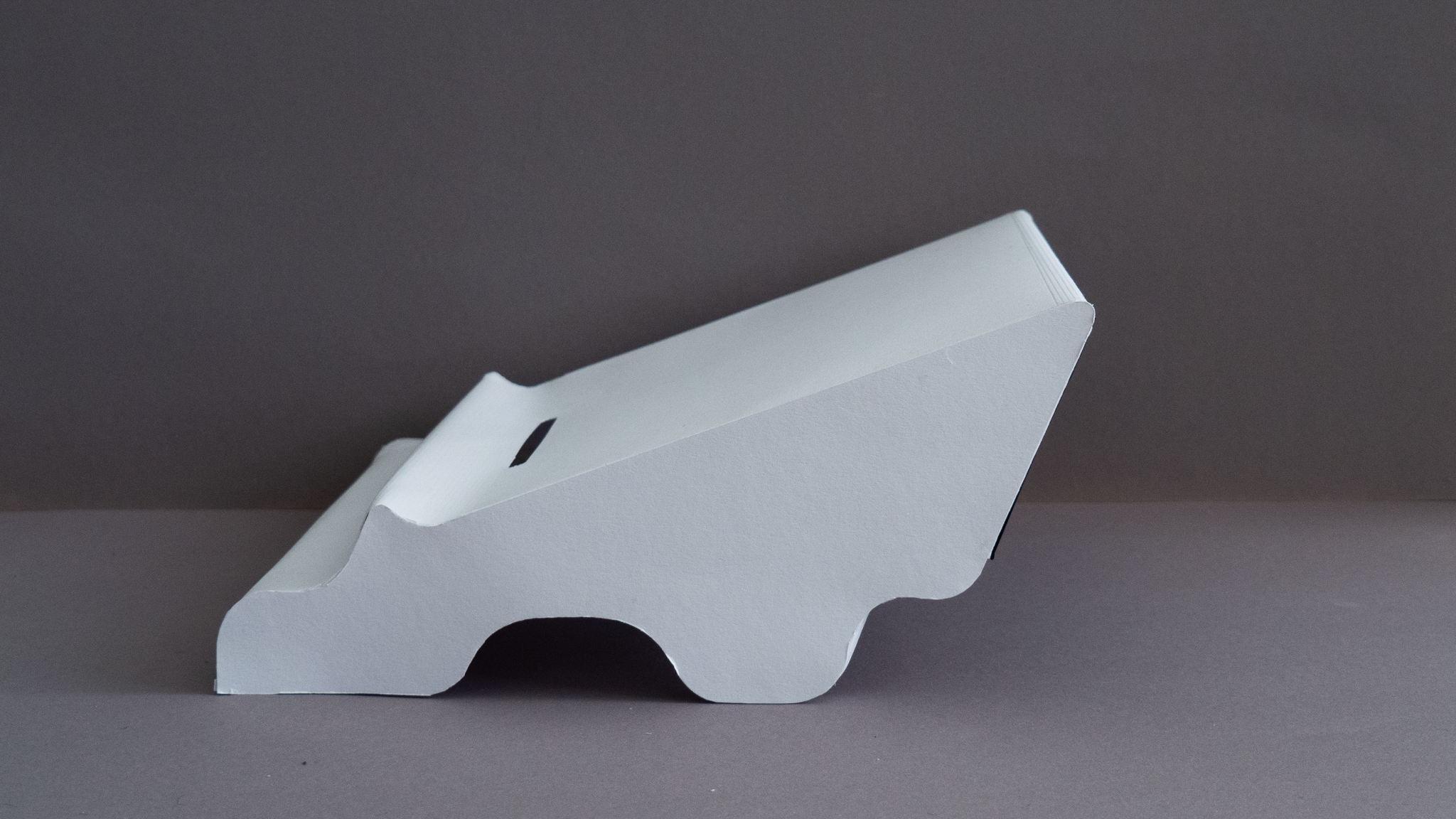

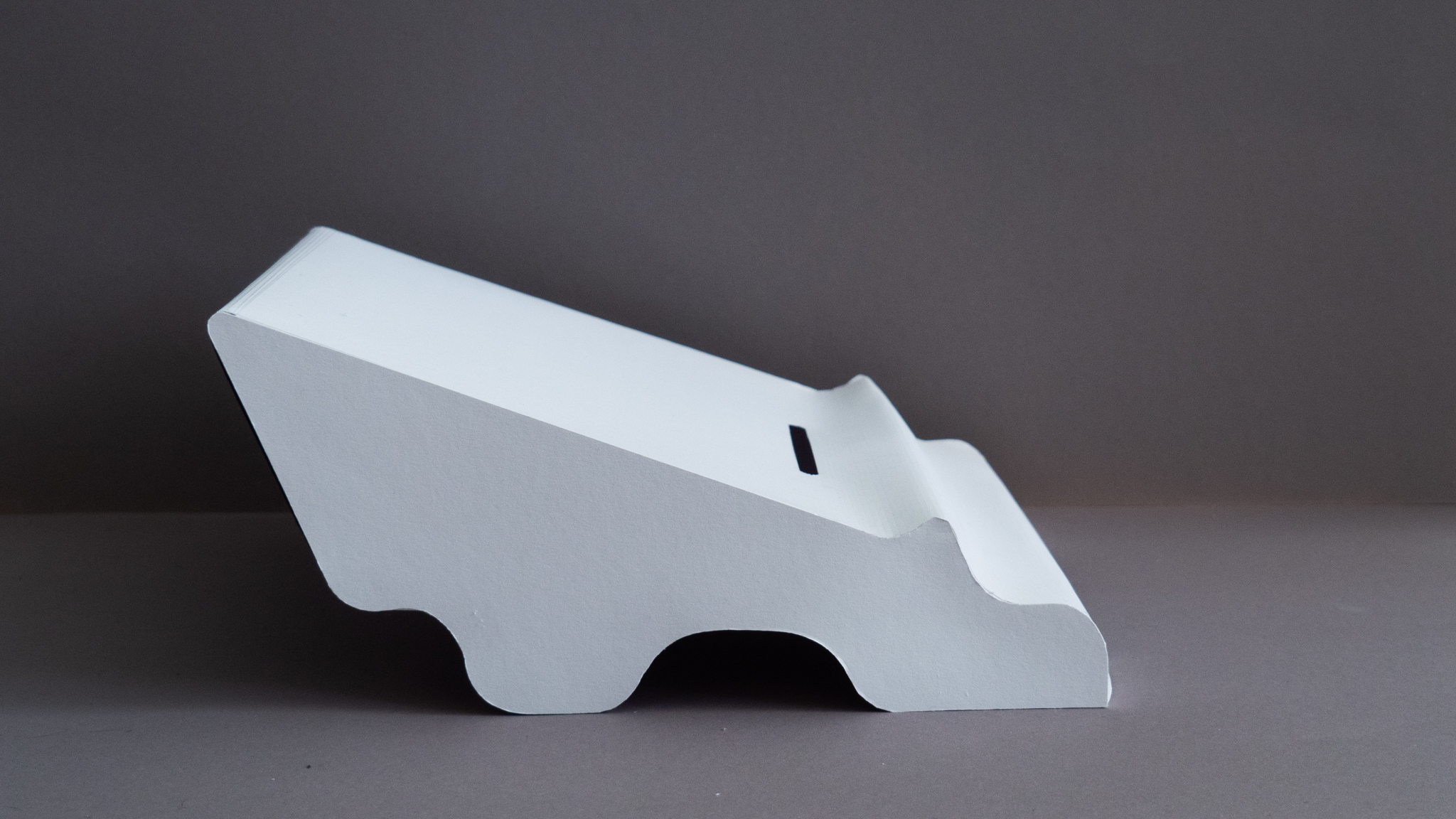
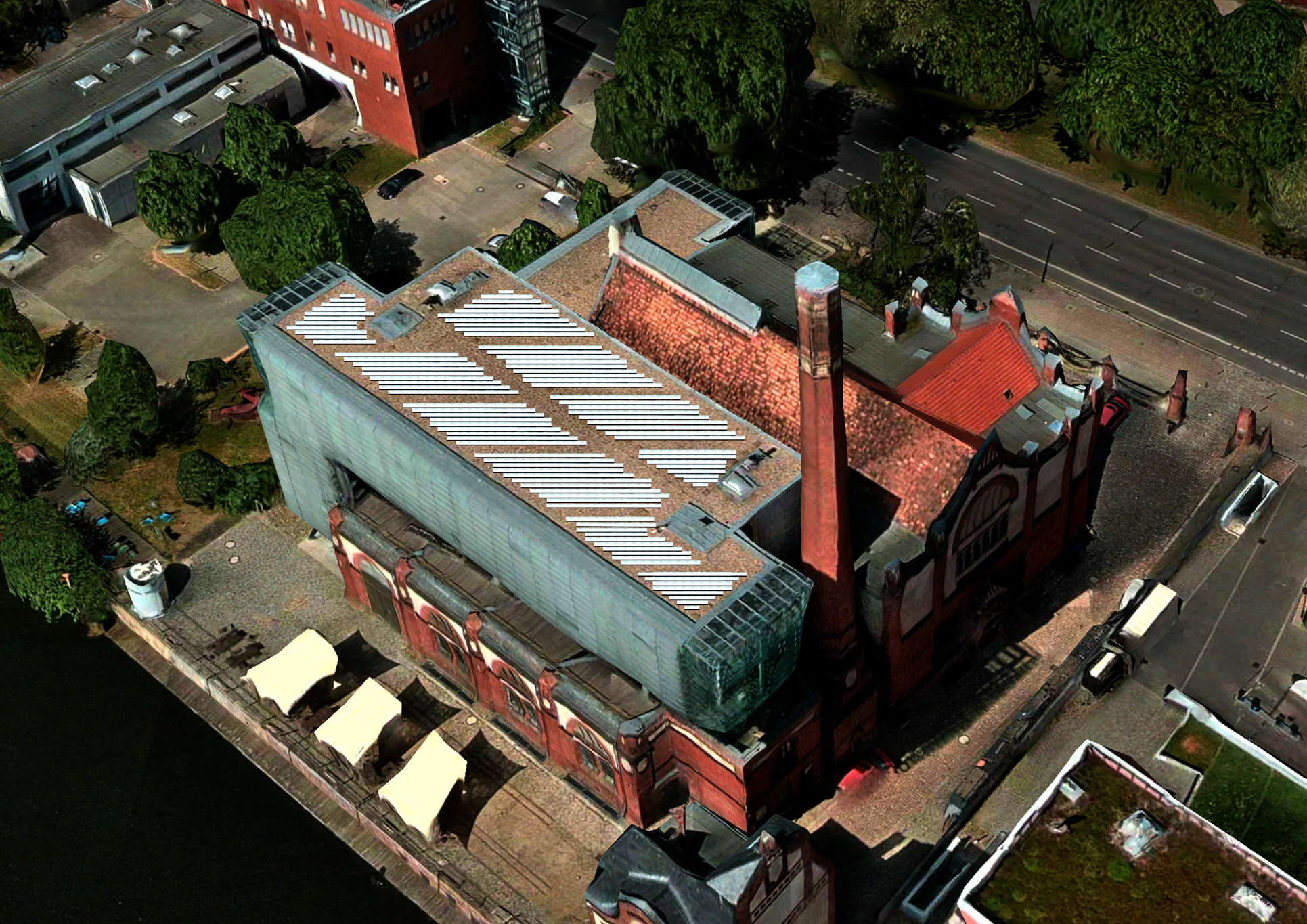
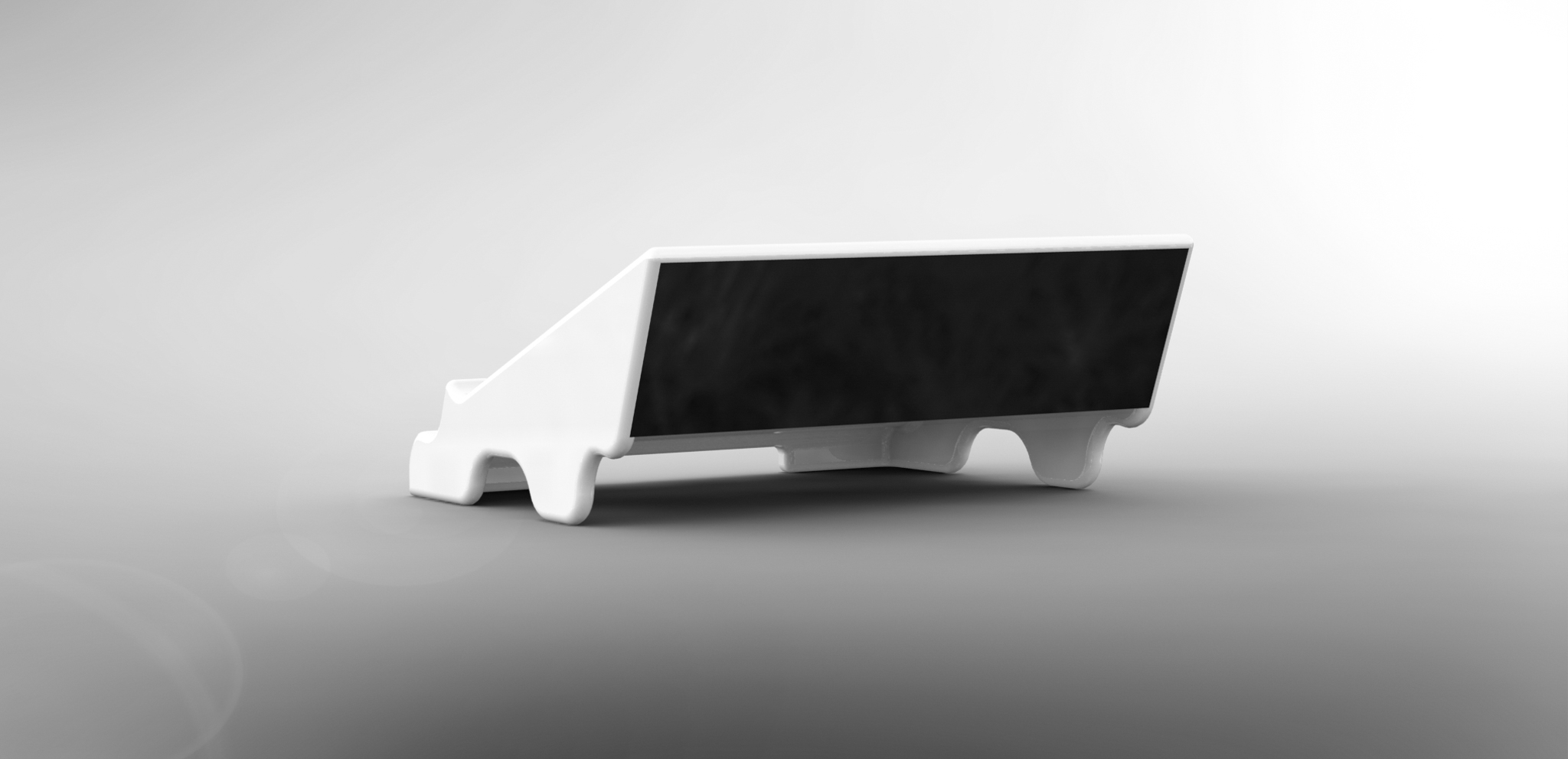
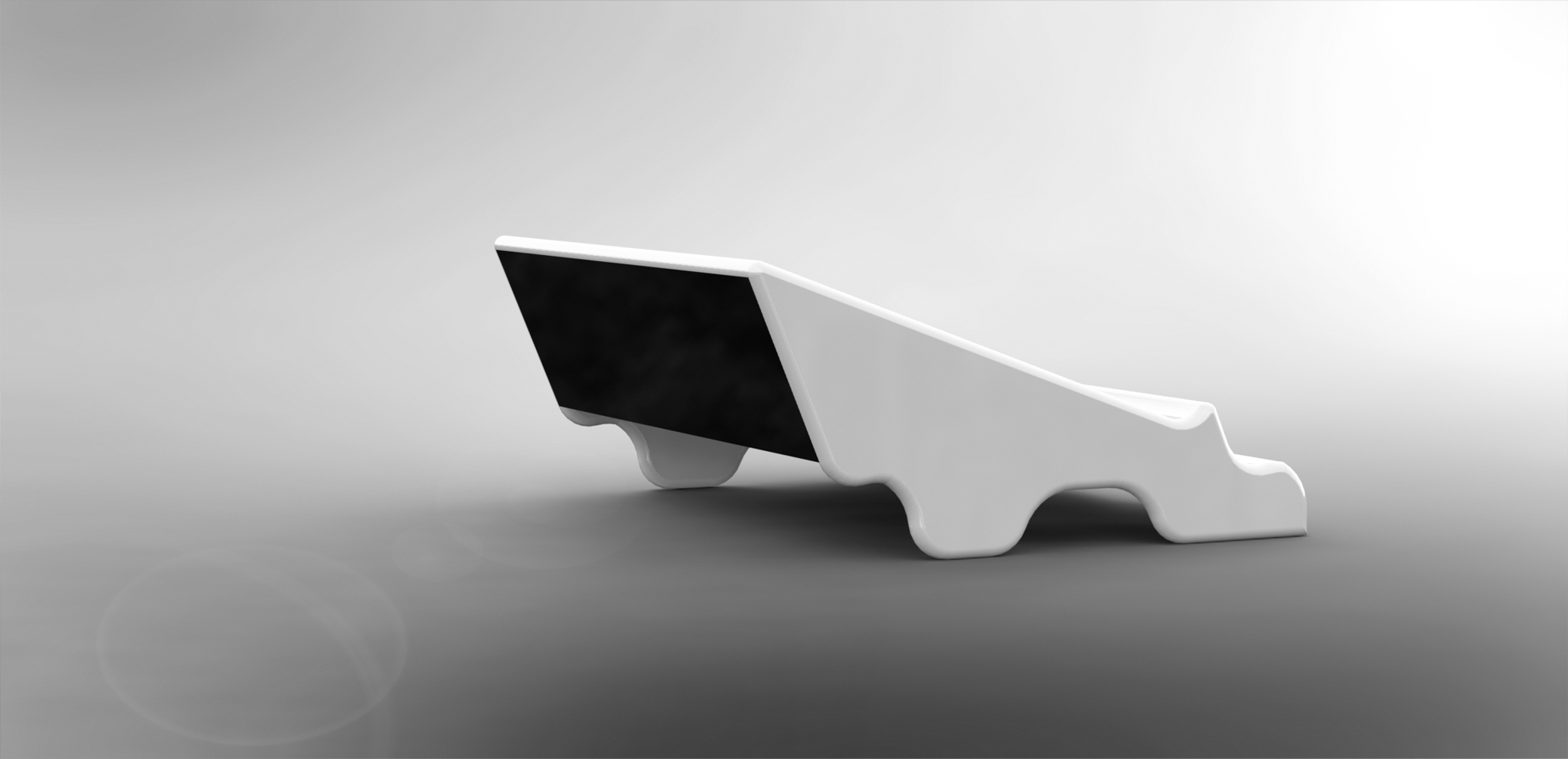
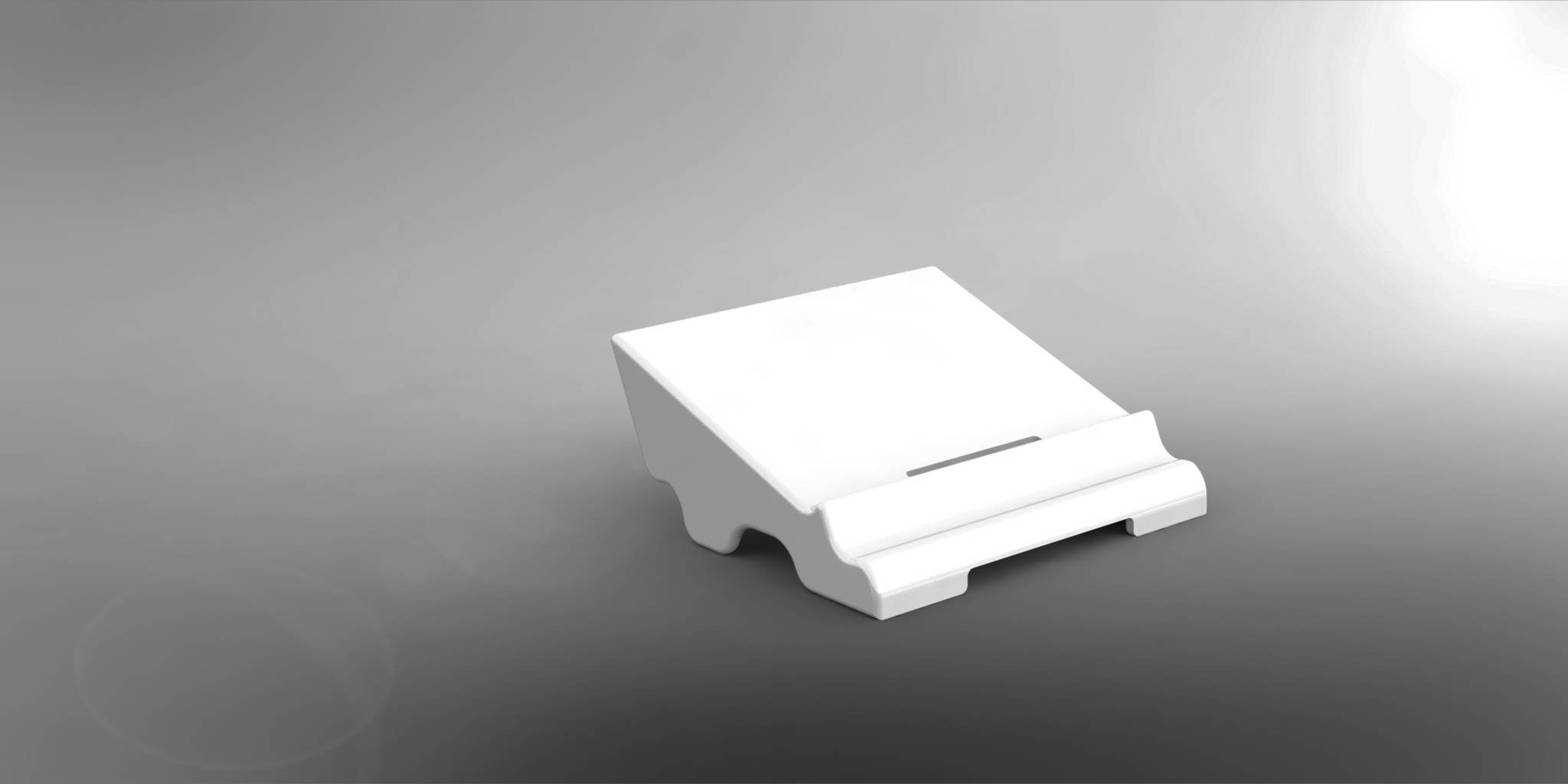

Process:


